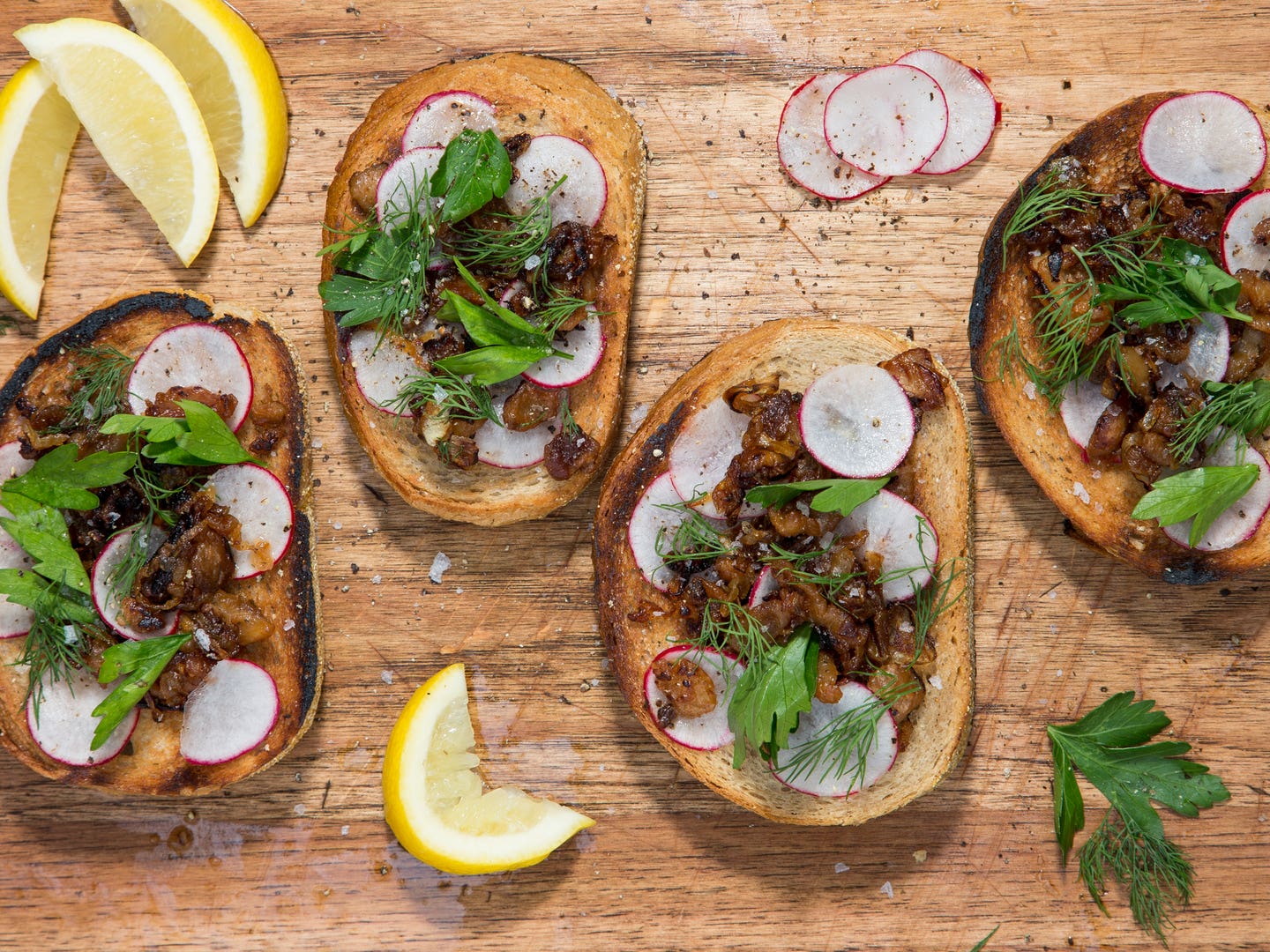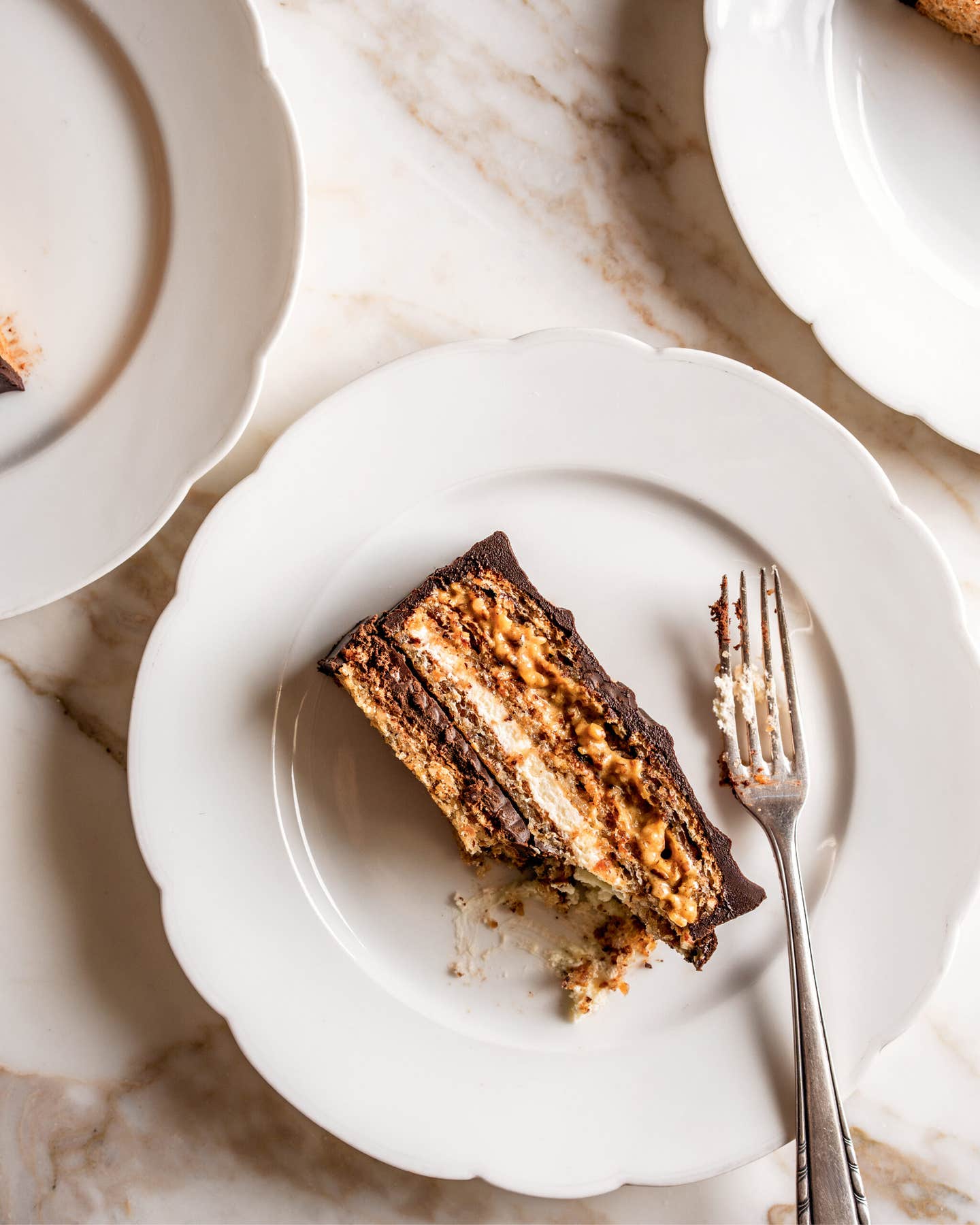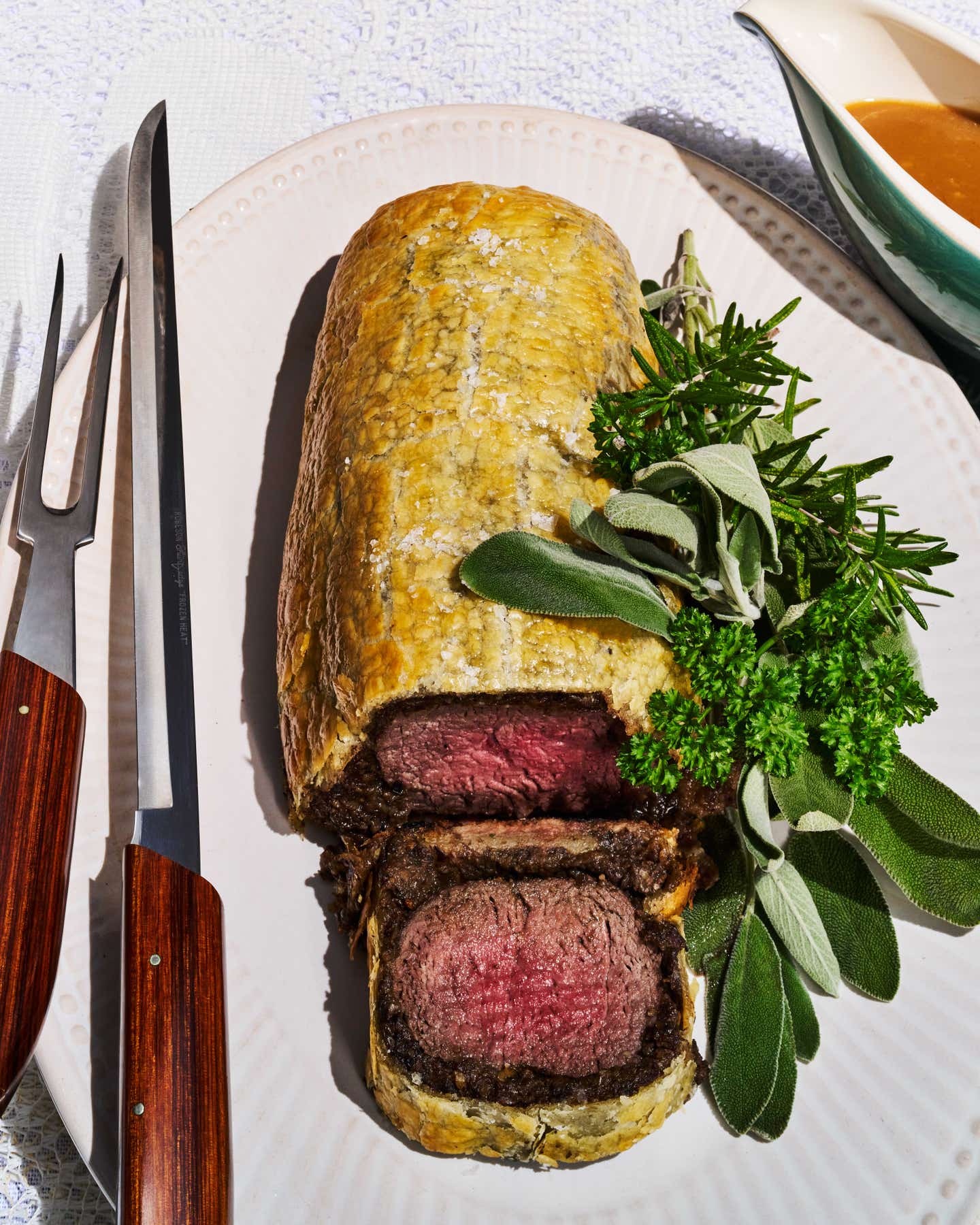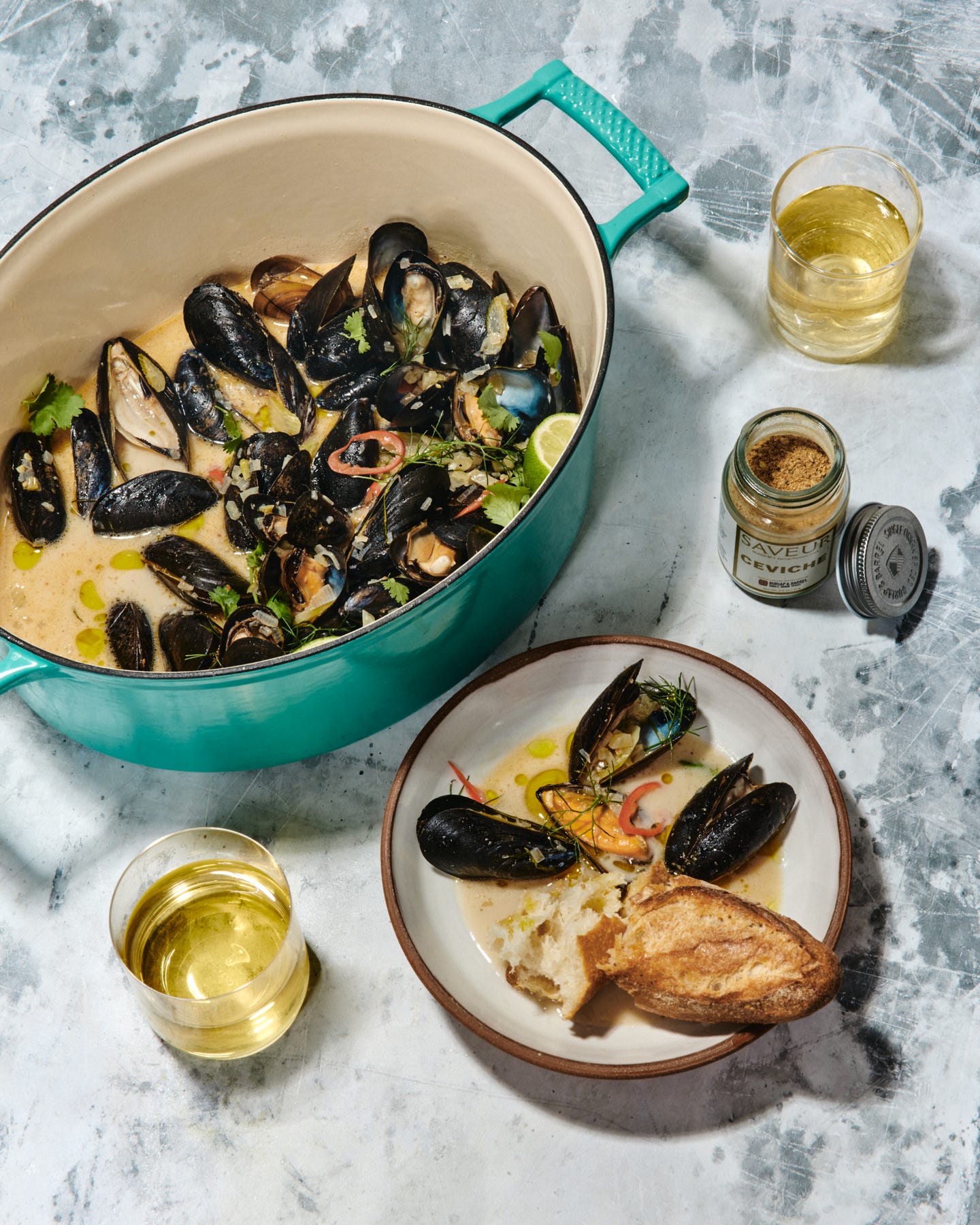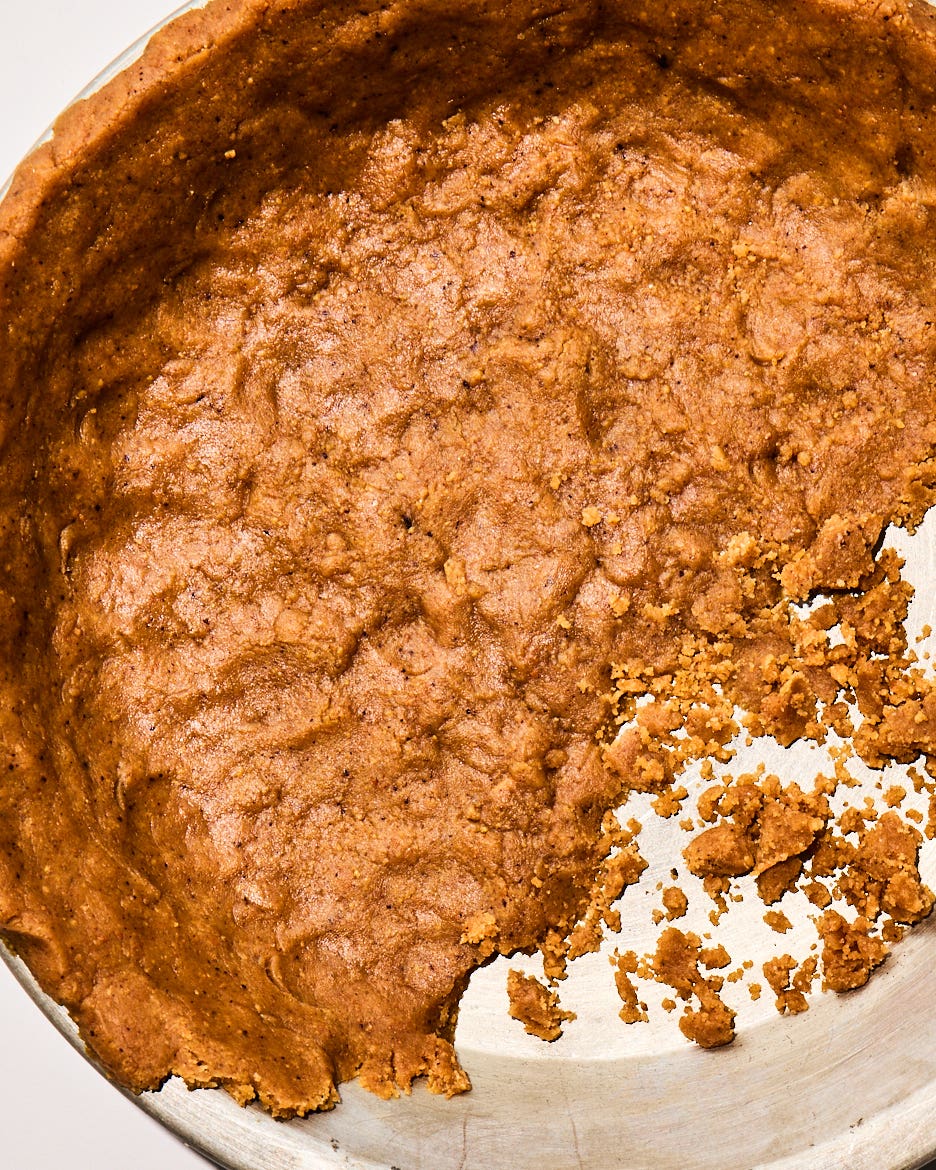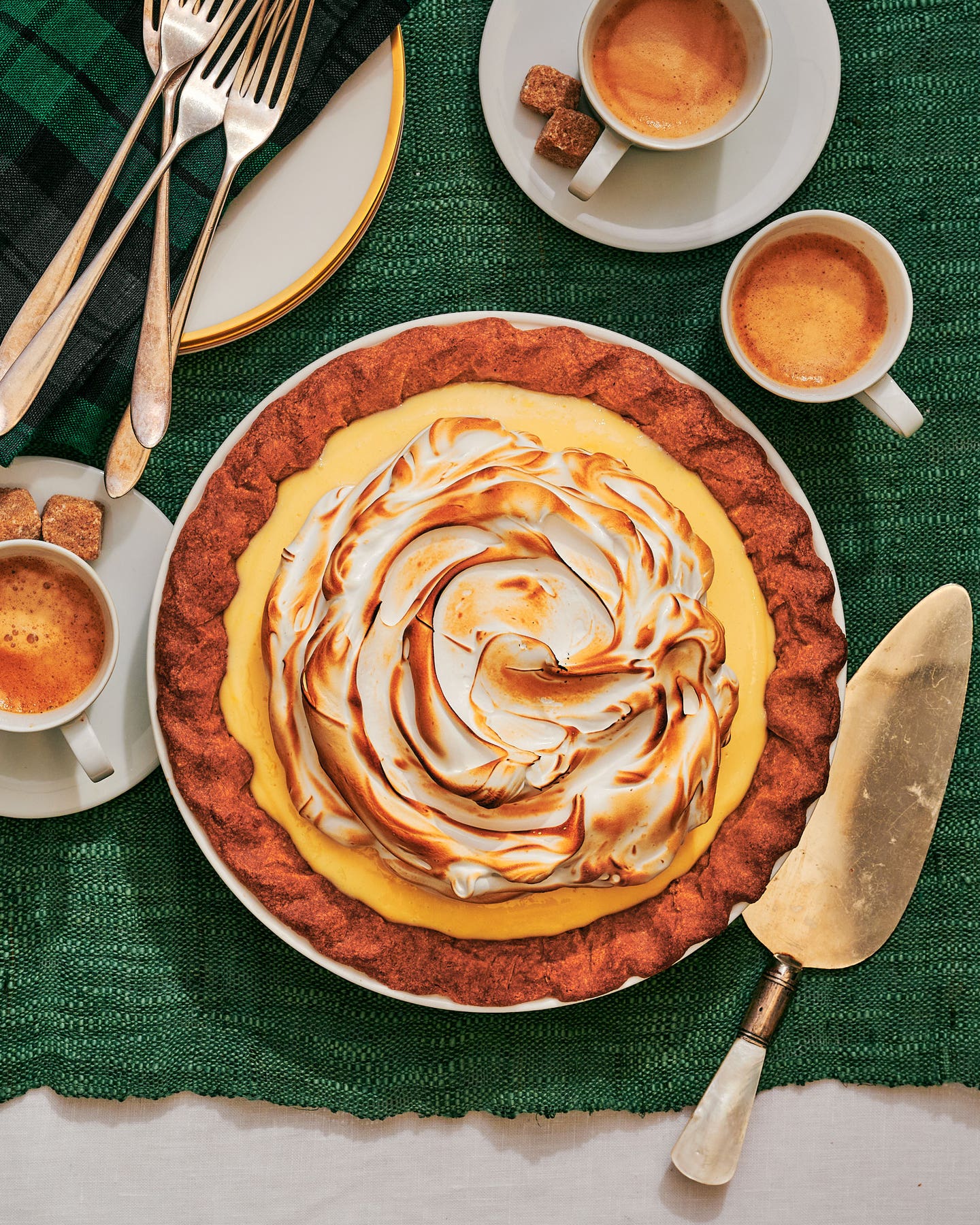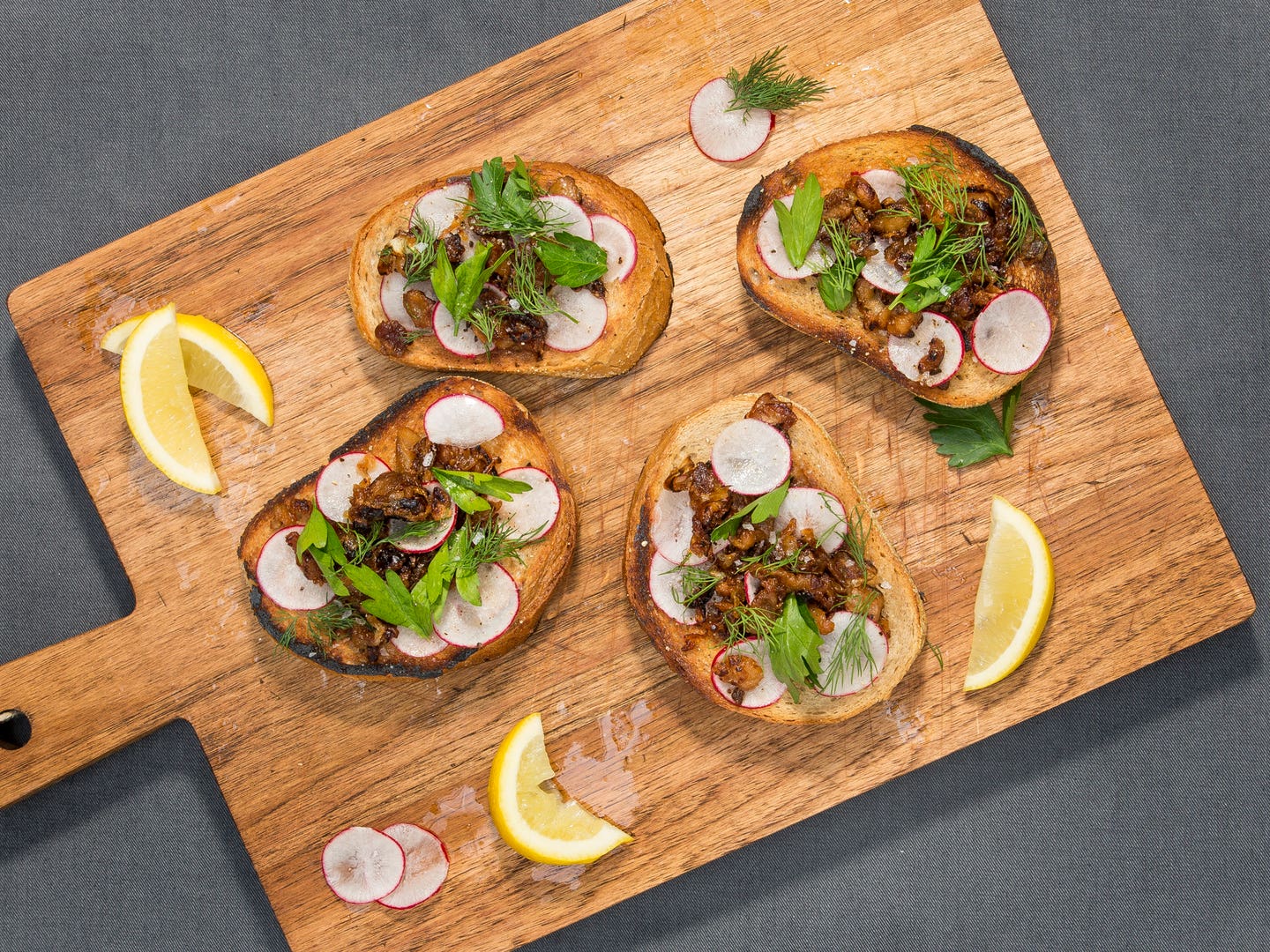
Gribenes are the Most Delicious Secret of Jewish Cooking
The Jewish classic of caramelized onions mixed with chicken skin cracklings is resurfacing at restaurants. Here’s why you need to try it for yourself
Jewish cooks know how to persevere. Those American staples of bagels, pastrami, and hot dogs? All Jewish Eastern European imports, which crossed thousands of miles and survived hundreds of years of change to become fixtures of our daily diet.
But not all Ashkenazi-Jewish foods survived the journey across the Atlantic so well. Consider gribenes (pronounced grih-ben-ess), the deliciously fatty mix of chicken skins and chopped onions, cooked until the skins turn crisp and snackable and the onions brown and sweet. While your average American has at least a passing familiarity with the likes of matzo ball soup and braised brisket, this is one treat that never made the leap to the culinary mainstream. Fortunately, that's starting to change. Gribenes are on their way back.
Gribenes are actually the byproduct of another Jewish staple, schmaltz, which is simply rendered poultry fat. Non-Jews in Eastern Europe traditionally cooked with lard or butter, the former of which is treif (non-kosher) for Jews, and the latter forbidden by kosher laws to pair with meat dishes. So Jews began to collect the skin and fat of the birds available to them, especially geese, and render them down with onions for flavor. What was left in the pan after the golden fat had been collected—bits of crackling and molten onion—was a beloved kitchen snack, spread on toast or snatched right out of the stove, particularly around the Jewish High Holidays.
It’s a classic case of the Jewish capacity for adaptation, which historian Gil Marks, author of the Encyclopedia of Jewish Food, argues is more a defining characteristic of Jewish cooking than any ingredient of cooking method. “In every location in which they settled,” Marks notes, “Jews adopted and modified local dishes, adapting foods to their dietary laws, lifestyle, and tastes—often improving them in the process—while symbiotically sharing their traditional dishes and culinary touches with their new neighbors.”
When Jews came to America, they brought their schmaltz with them, opting for the more widely available chicken in lieu of goose. My grandfather, who grew up in a heavily Jewish section of Brooklyn, would eat gribenes spread on toast as a snack. Some old-school Jewish restaurants, like Sammy's Roumanian on New York's Lower East Side, still have maple-syrup pitchers of yolk-yellow schmaltz on each table to free-pour over rye bread and chopped liver. But as fat-phobia struck America through the latter half of the 20th century, schmaltz became less and less common, unfashionable to outsiders. With fewer cooks making schmaltz, gribenes risked becoming, like Cel-Ray soda, a museum piece of Jewish culinary identity that few actually consumed. They've become comedic fodder—consider Robin Williams famous line in Mrs. Doubtfire: "I should never buy gribenes from a mohel, they're so chewy!" (A mohel performs circumcisions, in case you were wondering.)
But the tide is turning for gribenes. Young Jewish chefs are championing their culinary heritage, and cooks of all faiths are taking part in a nationwide animal fat revival. Since gribenes have, for the past few decades lurked as a secret element of Jewish cuisine, they’re now being re-discovered all over again.
Always a lover of Jewish food, Jeffrey Yoskowitz co-founded The Gefilteria, a caterer and food purveyor dedicated to "taking food traditions seriously and reclaiming the glory of Ashkenazi food—what it has been and what it can be," including gribenes sprinkled onto toast, chopped liver, and even deviled eggs.
Evan Bloom, co-founder of Wise Son's in San Francisco, grew up in a health-conscious family where his grandmother made mock chopped liver out of walnuts and caramelized onions. He liked chicken skin, but it didn't have to be Jewish—it was equally good pulled off of a roasted bird or grilled on skewers at a yakitori-a. When he began planning the deli's menu, he pored over old Jewish cookbooks, and noticed the word gribenes over and over again, and decided to give them a shot. Five years later, they're still a favorite, even among goyim (non-Jews).
“There are definitely people who are looking for nostalgia,” Bloom told me. “But there are also a lot of people who just like the salt and crunch and think of them as an exciting new flavor.” If you too like salt and crunch, try making Wise Son’s Shtetl Toast, where schmaltz and gribenes are thickly spread on rye bread with fresh herbs and lemon juice.
Philadelphia chef Michael Solomonov, on the other hand, wants to give gribenes a modern makeover. He didn't grow up eating them. But during his time in Pittsburgh, he would sometimes go to a local fried chicken place, which sold a Homer Simpson-esque bucket of deep-fried chicken skins. Not Jewish, strictly-speaking, but he recognized the appeal. Now the chef-owner of Zahav in Philadelphia, Solomonov makes gribenes, but then grinds them into a powder with sumac, to be sprinkled over a chicken kebab marinated in tangy pickled mango. Hardly how my grandfather ate his gribenes, but, Solomonov argues, the dish stays true to their spirit.
“They’re not totally necessary, but very nice none the less,” he said. “Like potato chips on a cheeseburger.”
On that note, I wonder sometimes about how to define gribenes, beyond technicalities like chicken versus goose, or whether or not you need onions. Do they need to be relegated to a cook’s treat during schmaltz-making? If you remove them from their original function, as a kitchen-counter treat or deli snack, are they still gribenes? I turn to Gil Marks for an answer, and he in turn asks a question.
“If food in general is basically fusion, and the foods Jews eat are adopted from their locales and constantly evolving and changing, is there actually such a thing as Jewish food?”
Keep Reading
Continue to Next Story
